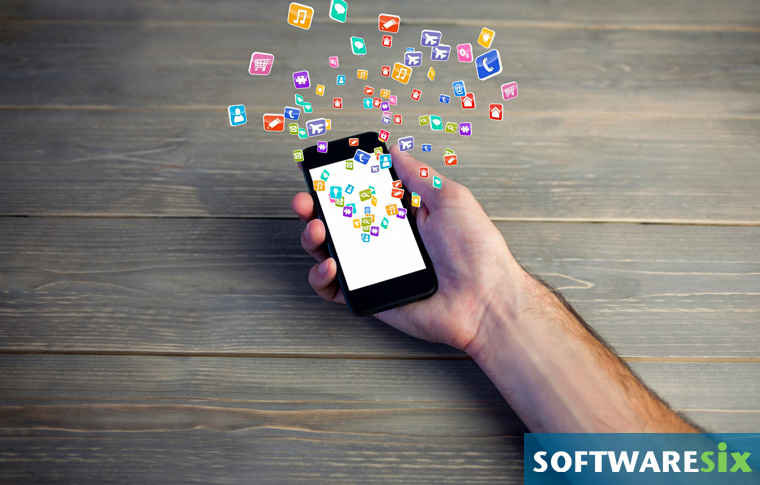Our world is increasingly becoming more interconnected everyday. Given the dependence we’ve developed for our mobile devices and access to quick data, this isn’t too shocking. In order to keep up with the demand, the Internet of Things (IoT) was developed.
For those unfamiliar, the IoT is an interconnected network of devices that have the capability of communicating with each other, without human interaction, to transfer data. This network allows you to control compatible everyday devices—from HVAC systems to microwaves, and everything in between—from anywhere with your mobile device.
This has made utilizing devices convenient and easy; however, it has also created an even bigger reliance on IoT devices, which has led to a demand for early IoT apps to receive a much-needed update.
The IoT, and the devices we use through it, are both our present and our future. As such, the demand for updated IoT applications will lead to big changes to the world of application development.
Here are 7 changes to IoT applications that experts suggest we’ll see in the near future.
- Convenience
As technologies advance, the already user-friendly IoT applications we currently have will become even more so. In the future, there will be more opportunities for users to impart their own creativity and customization to IoT apps. Additionally, look for more interactive features to keep users engaged.
- Cost-effective
The nature of IoT development allows much of the process to be automated with less overhead than traditional app development. For these reasons, it is more cost-effective to produce apps through IoT. One factor to note, however, is the relative newness of IoT tech.
Because IoT tech is still newer, there can be higher costs associated with flashy or advanced application features—both of which can drive up development costs.
- Hardware changes
In order to keep up with consumer demand to have the best connection with the best devices, mobile carriers are tasked with the job of ensuring they’re rolling out the latest and greatest smartphones and other devices suitable for an IoT environment. It should come as no surprise that this trend will continue in the future.
- Increased customer insight
A side effect of IoT technologies is a major increase in one of our society’s greatest desires: instant gratification. With IoT tech comes the possibility of being able to gather data in real-time. This means that businesses utilizing IoT tech now have the opportunity to pull from available data and make alterations to what their clients need/want at a moment’s notice.
Likewise, this also means that businesses are capable of providing a much more personalized experience for their clients.
- Infrastructure changes
You should expect to see big changes to the infrastructure of the cloud as well. This change is necessary in order to accommodate for the demand for new applications, as well as higher usage rates and increased IoT platform functionality.
- Integration focus
IoT applications being user-friendly is a big selling point for their usage. To ensure that IoT apps remain user-friendly, it’s important that developers take the time to make sure the apps can be easily navigated and have visual appeal before launching.
- Security
Where consumer information comes into play, there will always be security concerns. Applications, especially ones that allow a user to control devices in their homes, tend to collect a ton of sensitive consumer data.
This means that IoT app developers must pay extra close attention to security protocols in order to ensure user data is secure.
